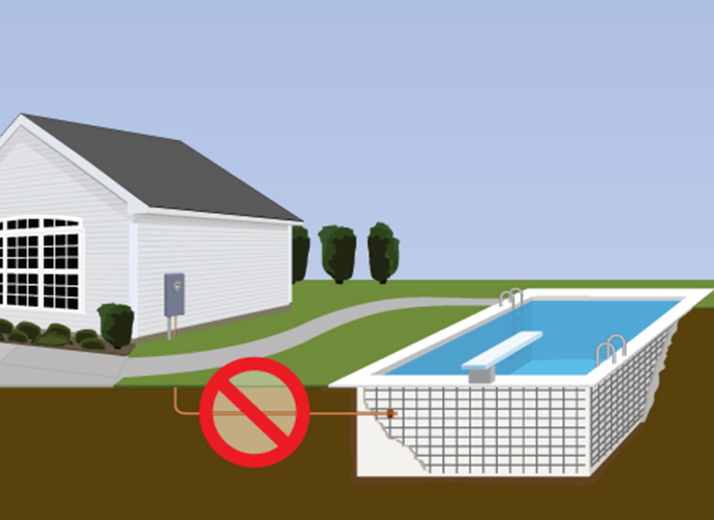
Sep 26, 2019
Prior to 2017, only two items were prohibited for use as grounding electrodes, underground gas piping and aluminum. For 2017, another item has been added to the list of prohibited items. For the 2017 code cycle, the structures as well as steel reinforcement materials that pertain to swimming pools have been added to the list found in 250.52(B)(3) of components that are prohibited from being used as grounding electrodes for an electrical system.
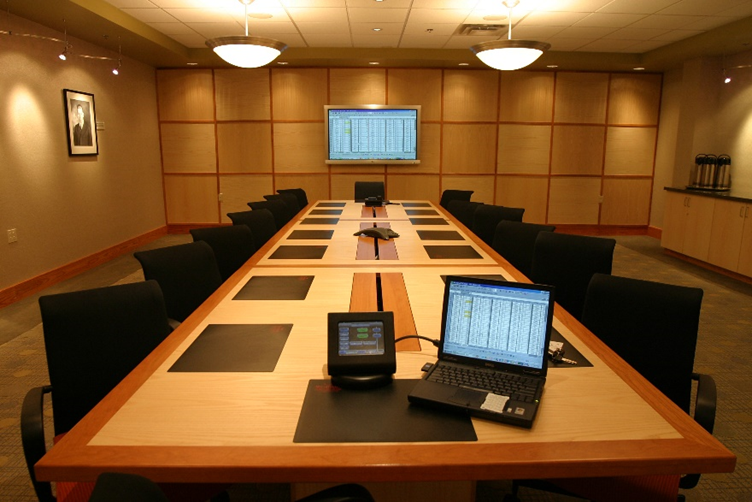
Jun 05, 2019
The 2017 NEC now requires meeting rooms measuring 1,000 square feet or less to be equipped with 125-volt 15 or 20 ampere receptacles. This new requirement will help serve today’s trend that requires we travel with a myriad of electronic devices to meet our daily personal and business needs. This new Code-reference, 210.71 Meeting Rooms, is found in Article 210 Branch Circuits, Part III. Required Outlets, and is only applicable to meeting rooms or areas measuring 1,000 square feet or less. The qualifying room or area is to be determined by measuring wall-to-wall space, as well as space created using movable partitions.
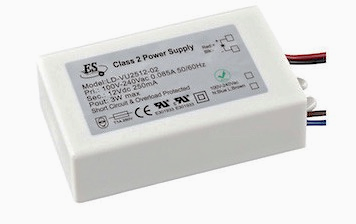
Sep 07, 2018
NEC Article 725 is dedicated to specialized circuitry, different from standard power and lighting circuits. The limited power and voltage of these circuits is what makes them a separate and specialized wiring method.

Apr 23, 2018
The wire of choice for feeders and branch circuits in residential locations is Type NM, non-metallic sheathed cable. It is inexpensive, quick and easy to use, and requires a minimum of tools. But its use is prohibited in sensitive locations, so for industrial, commercial, and even some residential locations, electrical...
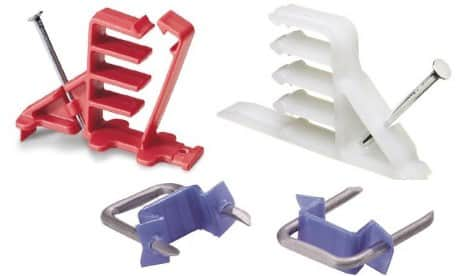
Jun 21, 2016
The requirements for securing and supporting are similar in intent, but there are differences. Securing is done by installing a mechanical means of attachment to the cable and attaching it to a stationary structural member so the cable does not move. This will prevent the cable or conduit from becoming loose and pulling away from a box or fitting. Support requires a mechanical means to prevent the cable from sagging or drooping which may cause damage to the cable and create a hazard. A cable may remain loose while its support is maintained.

May 20, 2016
The 2014 NEC is clear about how cables and raceways must be supported. The general rule in 300.11(A) is that raceways, cable assemblies, boxes, cabinets and fittings shall be securely fastened in place. Cables cannot be used as a means of support for other cables, raceways, or nonelectrical equipment, per 300.11(C)...

Jan 28, 2016
Upgrading wiring in older homes usually includes replacing old two-wire, non-grounding type receptacles. Replacing a two-wire receptacle with a grounding-type receptacle and not providing an equipment ground or GFCI protection is a serious NEC violation. Extending a two-wire circuit without an equipment ground is also prohibited, even if protected by...

Nov 18, 2015
Most exam tables at the dentist or doctor’s office are not “patient sleeping beds”. A patient sleeping bed is usually found in a health care facility’s patient room rather than in an exam room. Typically, these beds have sheets and pillows, rather than paper covering over vinyl. In an exam...
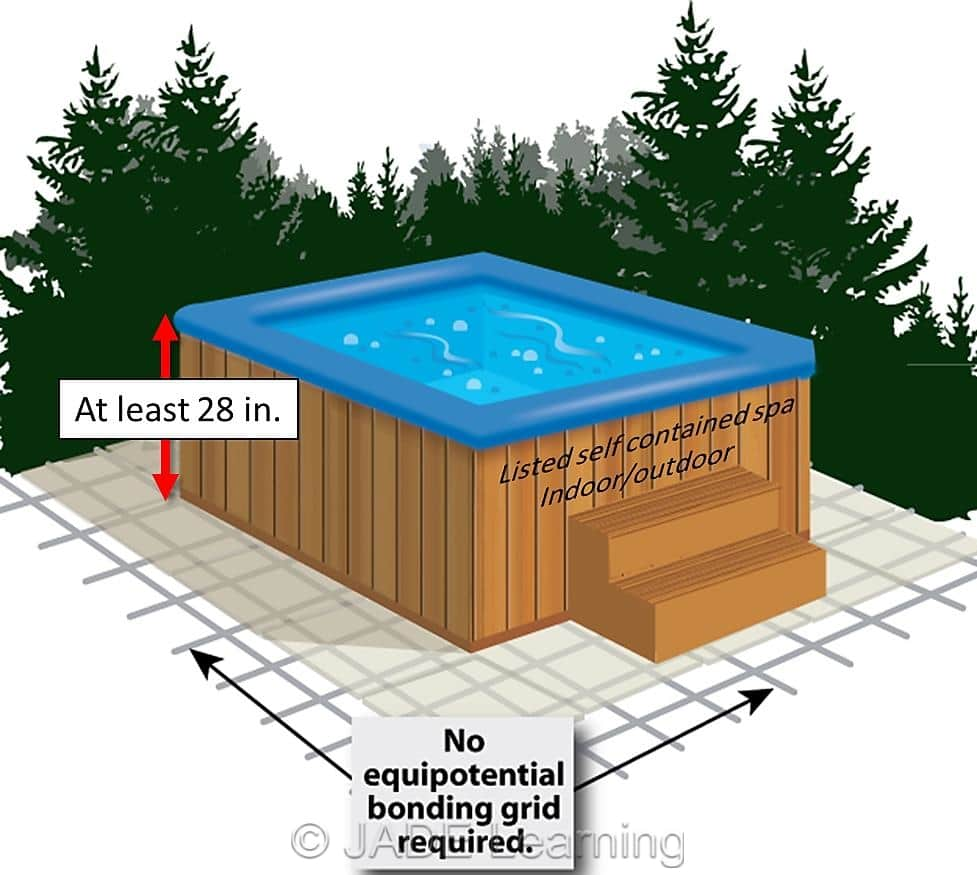
Aug 26, 2015
Here is a list of the most common electrical mistakes made when installing a hot tub outdoors
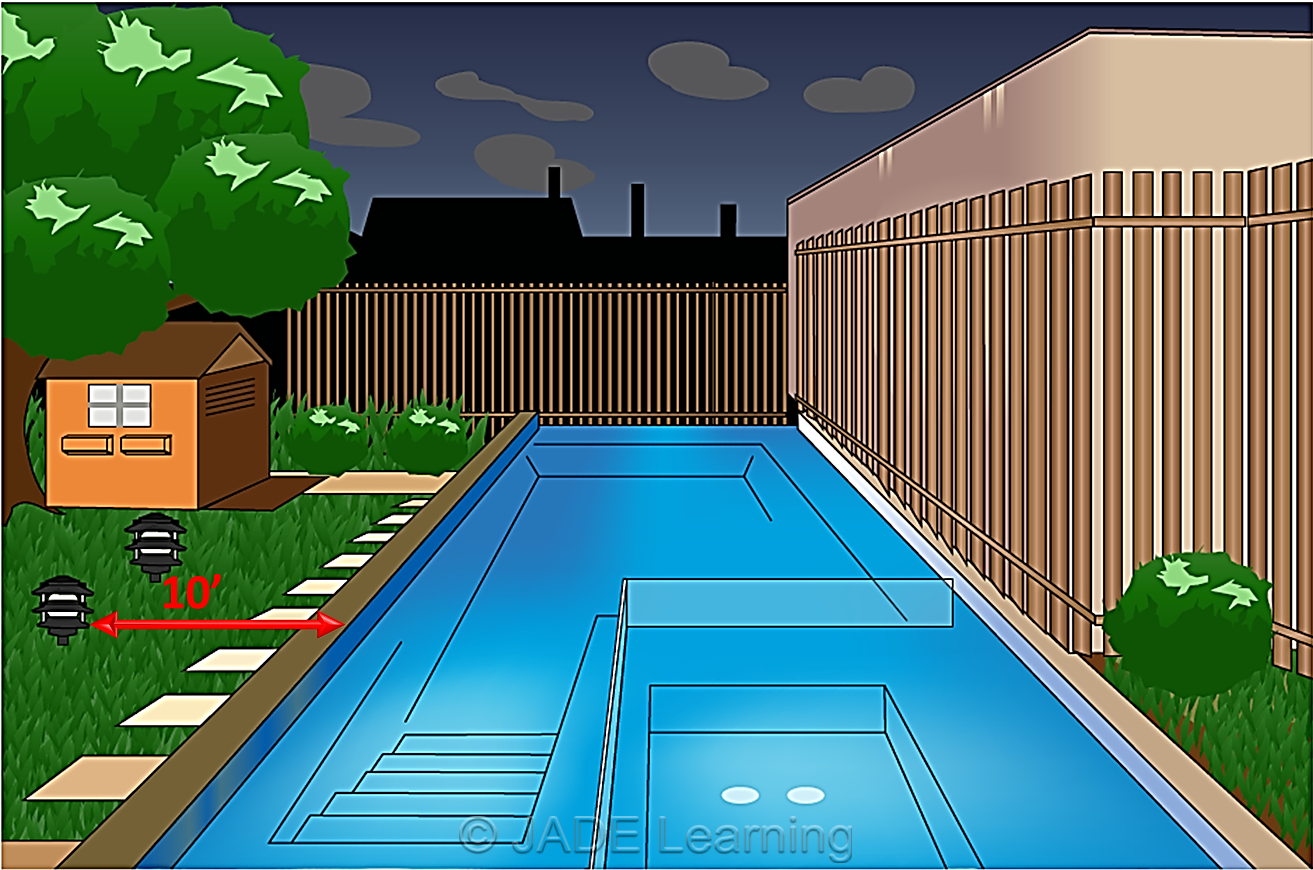
Jul 20, 2015
Here are some common items that can cause the electrical inspection to fail at swimming pools.
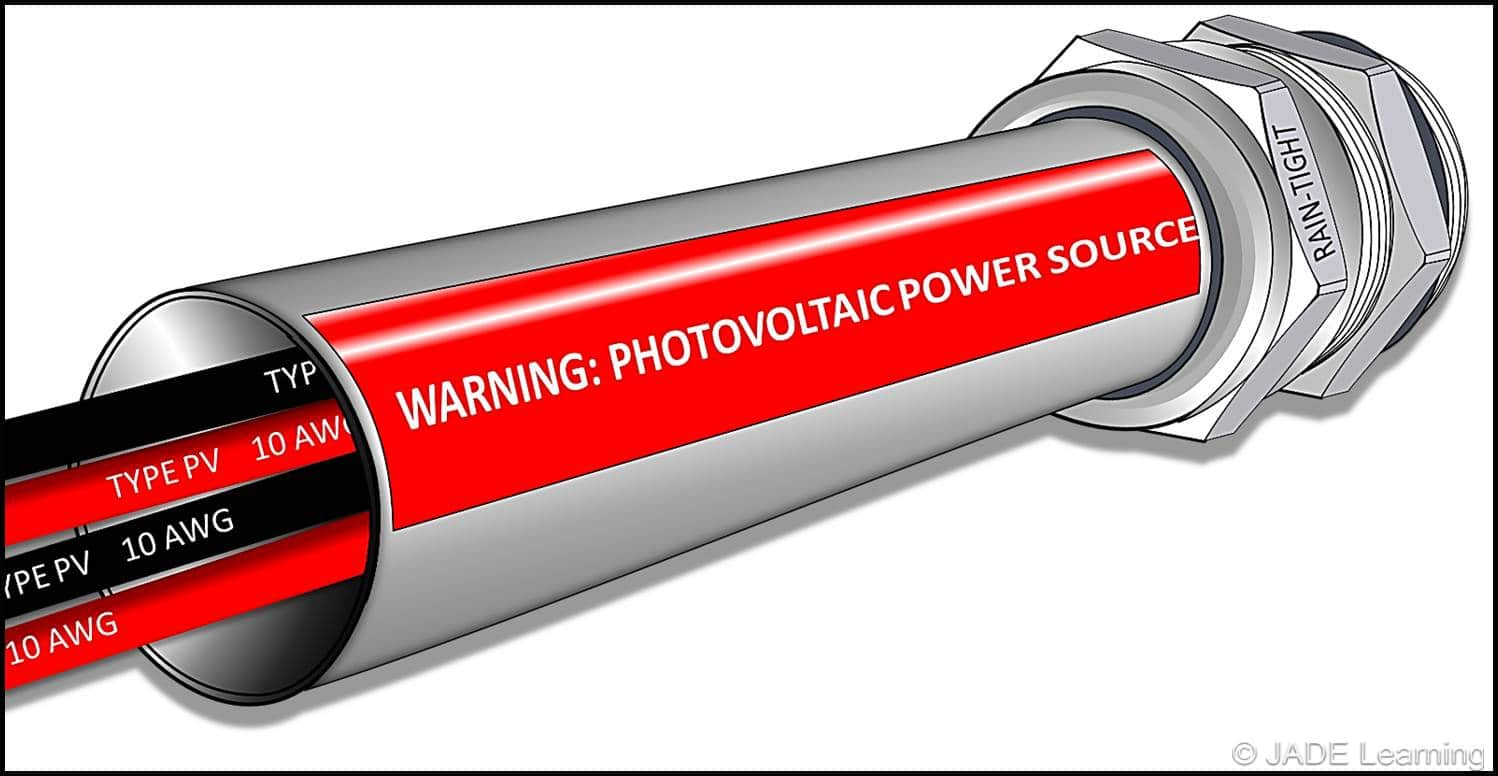
Jul 06, 2015
There are many PV system marking and labeling requirements in the NEC. Some markings will be factory applied as required by the product listing and others must be field applied by the installer

Mar 10, 2015
When wiring PV modules in series (to create a series string of modules), voltage is additive while current remains the same. Series = Adds Voltage. When wiring several strings in parallel, the result is the opposite; voltage remains the same while current is additive.

Dec 29, 2014
Here are the 6 most common violations that inspectors see in an above-grid ceiling inspection:

Nov 26, 2014
The fact that the table was removed is neither here nor there. More importantly is how to apply the 83% and when the Code section allows us to use it. Applying 310.15(B)(7) to one-family dwellings or the individual dwelling units of two-family and multi-family dwellings, has always been dependent on a few important factors:

Sep 26, 2014
If the point of interconnection will be made at a feeder, other than the opposite end of the primary overcurrent protective device (OCPD), then there are two options and both apply only to the portion of feeder on the load side of the inverter output connection.

Aug 22, 2014
Let’s start out with the first basic requirement in 705.12(D)(2): 125% of the inverter output circuit current must be used for the ampacity calculations for most of the interconnection methods used. Whether interconnecting the Inverter Output Circuit through a breaker at the service panel or directly to a feeder, it is important to first know the inverter output circuit current.

Jun 12, 2013
Today John Hauck and David Burtt discuss the identification of equipment grounding conductors according to the 2011 National Electrical Code. This is part 3 of a 3 part series on identifying conductors. How are equipment grounding conductors identified?250.119. Equipment grounding conductors can be bare, covered or insulated. If insulated...